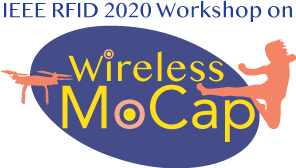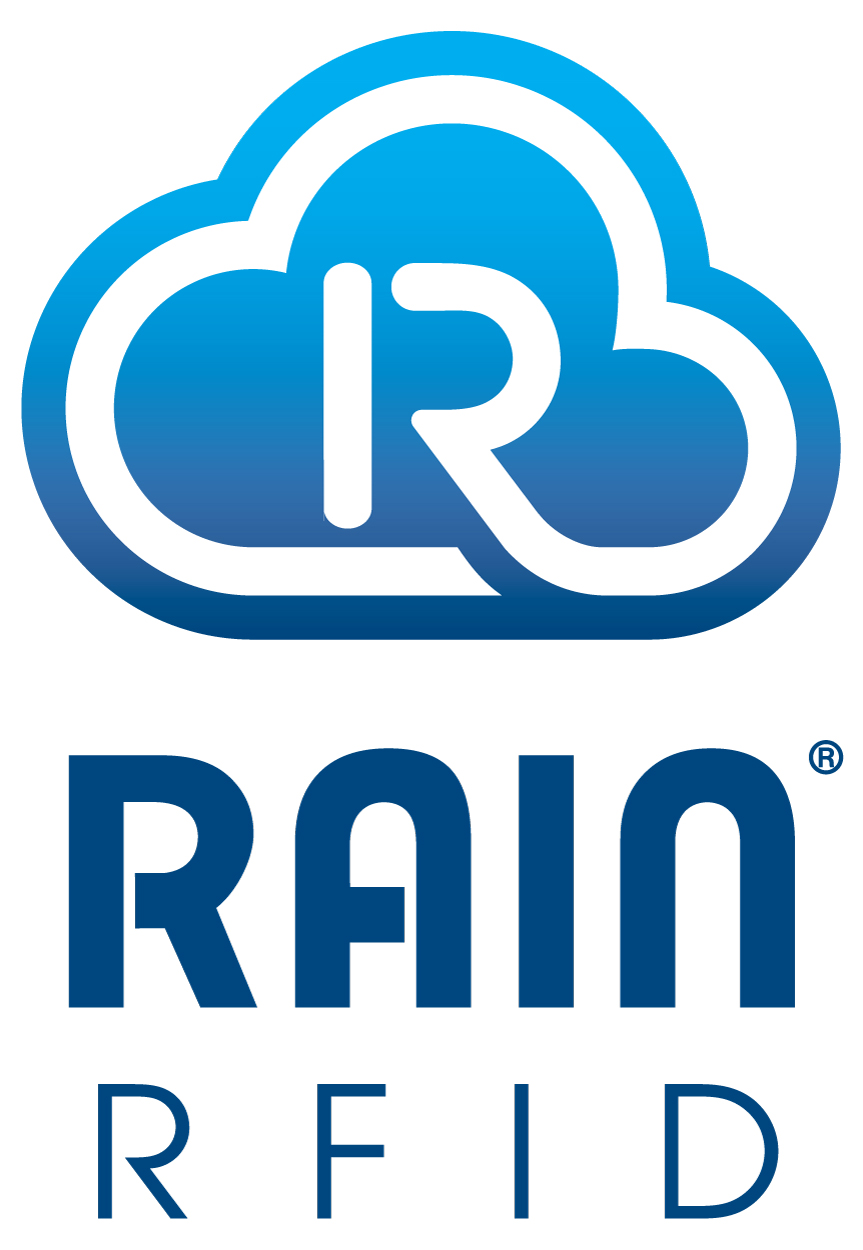ToA-based Localization in Multi-path Environments
Prof. Andreas Molisch
Solomon Golomb – Andrew and Erna Viterbi Chair
University of Southern California
Due to the increasing prevalence of wireless wideband systems, localization systems based on time-of-arrival (ToA) are popular and growing more so. However, the ToA measurement can suffer from low accuracy if the line-of-sight from the anchor to the object of interest is blocked, and/or the presence of multipath makes the estimation of the runtime more difficult. In this talk, we will first review methods for detecting a blockage situation; such methods can range from deterministic methods to machine learning. We then discuss the probability for occurrence of blindspots, i.e., locations that do not see enough anchors to actually allow localization. Such probabilities can be obtained via stochastic geometry. For the case of blockage, we then discuss how the reflected multipath components can be exploited to provide accurate localization. This includes a brief discussion of high resolution parameter estimation, as well as, a practical example, namely experimental results for the localization of a breathing person “around the corner” using an ultrawideband setup.

Andreas F. Molisch is the Solomon Golomb – Andrew and Erna Viterbi Chair Professor at the University of Southern California. His research interest is wireless communications, with emphasis on wireless propagation channels, ultrawideband signaling and localization, multi-antenna systems, novel modulation methods, caching for wireless content distribution, and edge computing. He is the author of four books, 21 book chapters, more than 250 journal papers, 360 conference papers, as well as 80 patents. He is a Fellow of the National Academy of Inventors, IEEE, AAAS, and IET, as well as Member of the Austrian Academy of Sciences and recipient of numerous awards.













Recent Comments